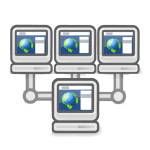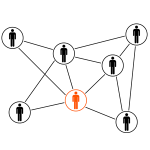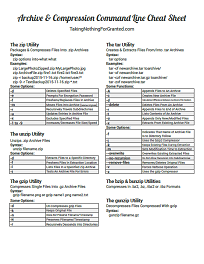 While we’re still on the subject of networks, I thought I’d stick in a few remote system administration tools.
While we’re still on the subject of networks, I thought I’d stick in a few remote system administration tools.
You’ll let me get away with claiming that these are network-related, because by definition of “remote”, there has to be some sort of network connection involved, right?
These commands will allow you to perform various administrative tasks on Linux machines that you do not have physical access to, whether that’s because they’re in a far off country, or because you can’t be bothered to get out of your chair and walk across the room. Both are perfectly valid excuses, provided — in the case of the latter — that you’re recovering from running a very recent marathon.

 It could be argued that
It could be argued that  Go get me a tuna sandwich.
Go get me a tuna sandwich. If backing up data is not already a part of your (daily/weekly/hourly) routine, it should be.
If backing up data is not already a part of your (daily/weekly/hourly) routine, it should be. When a new file system (ie. removable media device) is introduced in Windows, it is automatically mounted and assigned a drive letter, from which it is accessible until it is removed. Microsoft has us spoiled.
When a new file system (ie. removable media device) is introduced in Windows, it is automatically mounted and assigned a drive letter, from which it is accessible until it is removed. Microsoft has us spoiled. There are three ways to find out about your computer hardware.
There are three ways to find out about your computer hardware. One common problem that I have – and so of course I automatically assume that everyone else has the same problem – is the inability to remember various commands and options when I need them.
One common problem that I have – and so of course I automatically assume that everyone else has the same problem – is the inability to remember various commands and options when I need them.